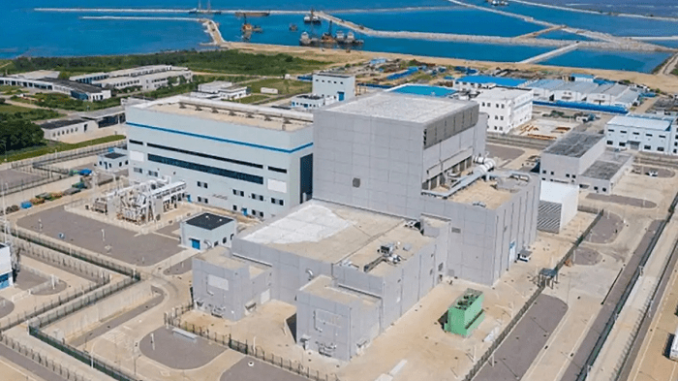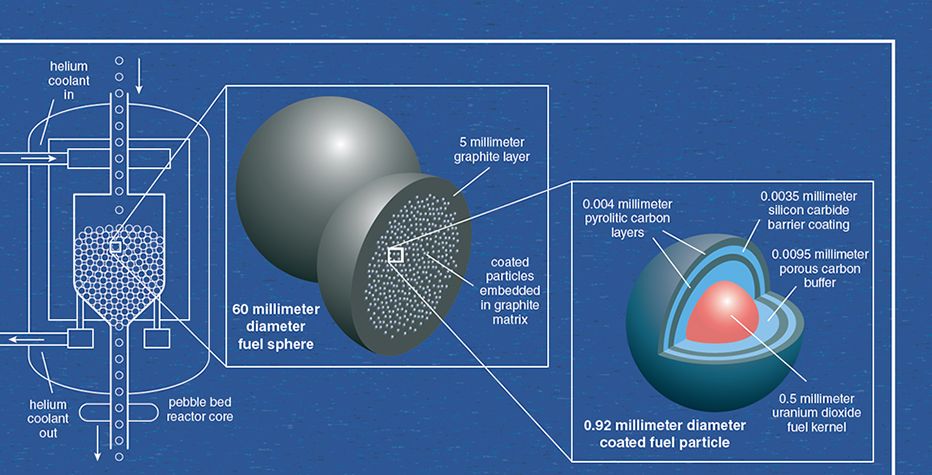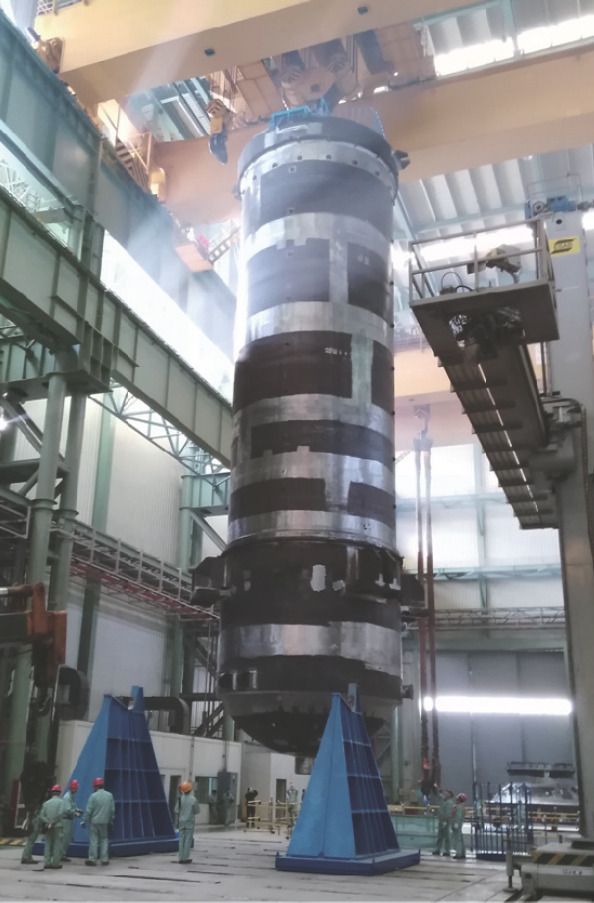
- From: Fridayeveryday, Hong Kong. https://www.facebook.com/fridayculture/posts/pfbid07khLVKmrEsuXkfjKmYy4R5p2hmYvfdRG1aoyLxfnpsPzNb9
The biggest fear about nuclear power just vanished. Scientists in China worked out a way to prevent the widespread damage caused by meltdowns, it was revealed this week.
The key idea is simple. In a standard nuclear power plant design, excess heat around the fuel rods is handled by automated cooling mechanisms. If the problem gets too big, humans intervene by employing emergency systems using water or liquid carbon dioxide.
But in earlier real-life scenarios, such as the accident at Japan’s Fukushima plant in 2011, the power to those systems failed and a massive radiation leak followed.
PLANT SHUTS ITSELF DOWN
Chinese scientists redesigned nuclear reactors, using globally developed research findings, so that the likelihood of problems was lower, and in any case, the plant could cool itself without external power.
“A relatively new kind of reactor design, called a pebble-bed reactor, has the advantage of being passively safe, which means that if power for cooling systems is lost, then the reactor can safely shut down by itself,” wrote Alex Wilkins in the latest issue of New Scientist, a top UK-based science journal.
NO RODS, NO COOLING SYSTEM
China’s pebble-bed reactors have no fuel rods. Instead, they have a large number of low-energy-density “pebbles” made up of a small amount of uranium surrounded by graphite. Excess heat is spread over all the pebbles, said Zhe Dong at Tsinghua University, now rated one of the world’s top educational institutes.
The plant in Shandong is officially known as the High-Temperature Gas-Cooled Reactor Pebble-Bed Module, or HTR-PM. “Up to now, every commercial reactor except HTR-PM has had an emergency core cooling system,” Dong told the journal. “However, due to the inherent safety, there is no emergency core cooling system in the HTR-PM plant.”
While the system cannot be retroactively implanted into existing nuclear power plants, it appears set to cause a revolution in the future design of large-scale energy production operations.
However, while it is not possible to retro-fit existing nuclear nuclear plants with this new technology, scientists are seriously assessing the feasibility of cost-effectively eliminating air pollution and CO2 production from selected units of China’s existing installed base of modern 600 MW supercritical coal-fired power plants.
Converting coal-burning supercritical steam plants to nuclear power plants by replacing the coal furnaces and boilers with high temperature gas cooled reactors holds considerable promise to become a routine power plant improvement in the relatively near future.


Source: Friday, July 23, 2024. https://www.facebook.com/fridayculture/posts/479706768129072
See also: Atomic Insights, November 21, 2016.
Will China convert existing coal plants to nuclear using HTR-PM reactors? https://atomicinsights.com/will-china-convert-existing-coal-plants-nuclear-using-htr-pm-reactors/